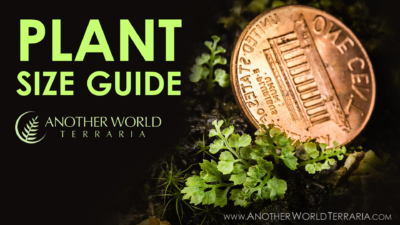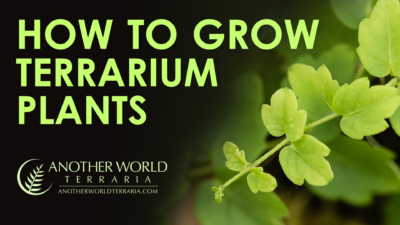Genus
Petrocosmea See All Search SiteSpecies
(not known)Taxon Family
GesneriaceaeOrigin of Taxon
AsiaGrowth Habit
RosetteImages
-
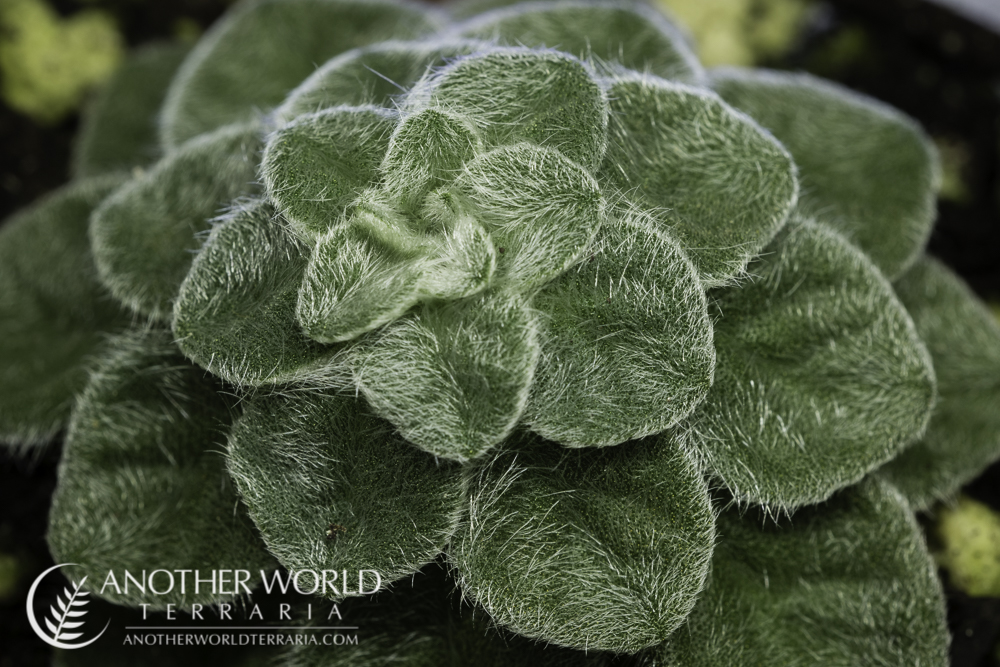
Petrocosmea sp
-
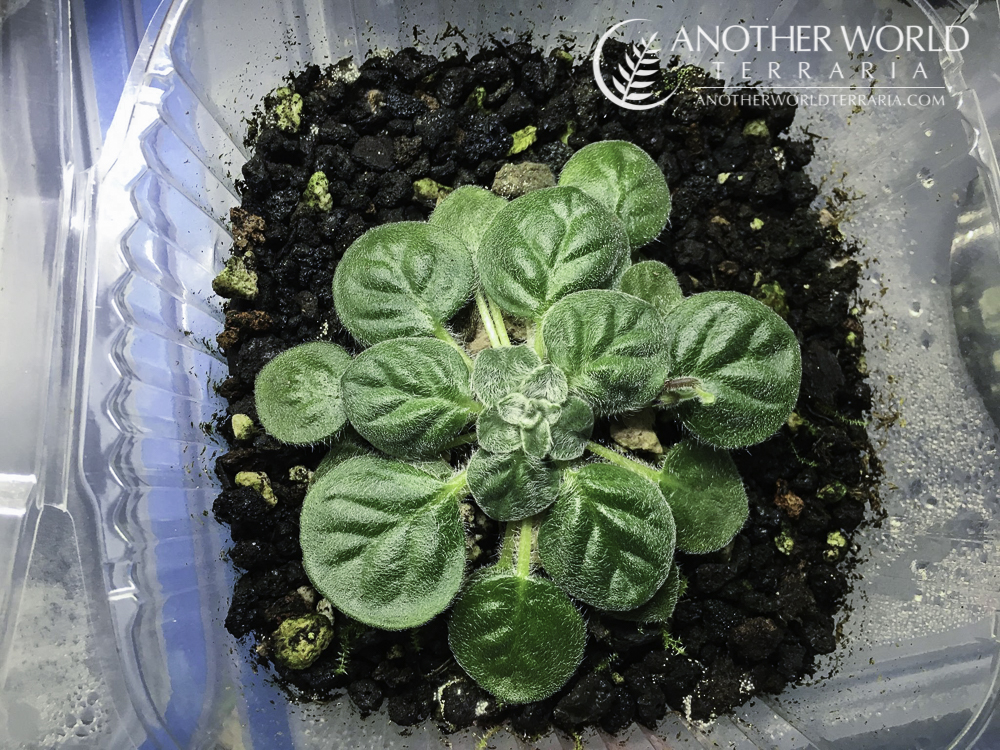
Petrocosmea sp mini
-
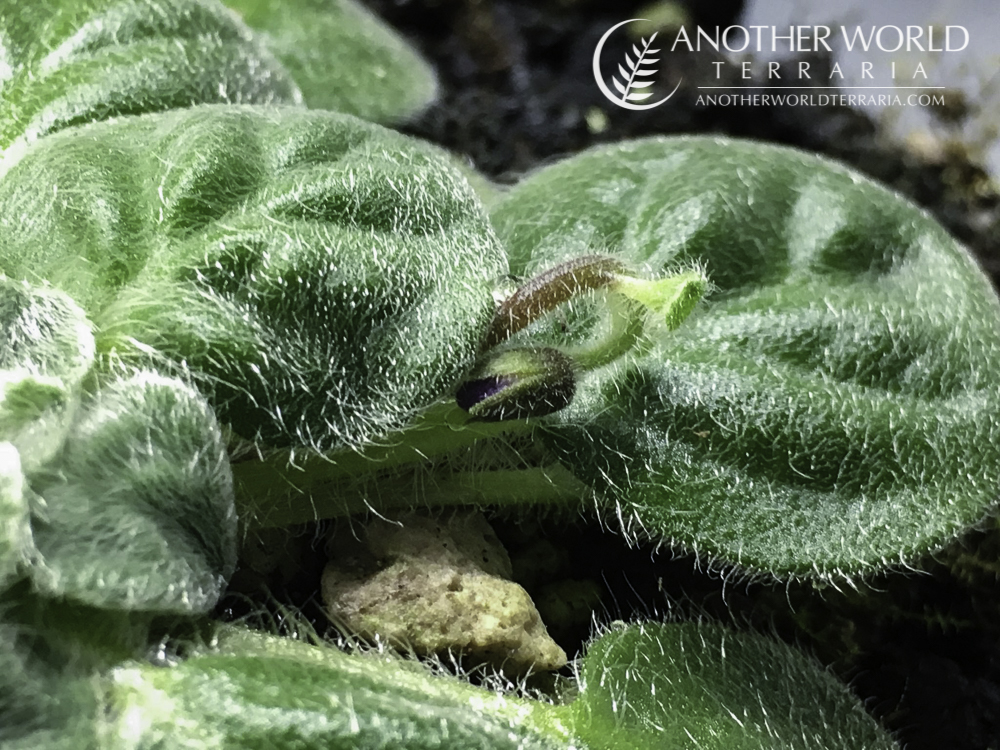
Petrocosmea sp bloom spike forming
-

-
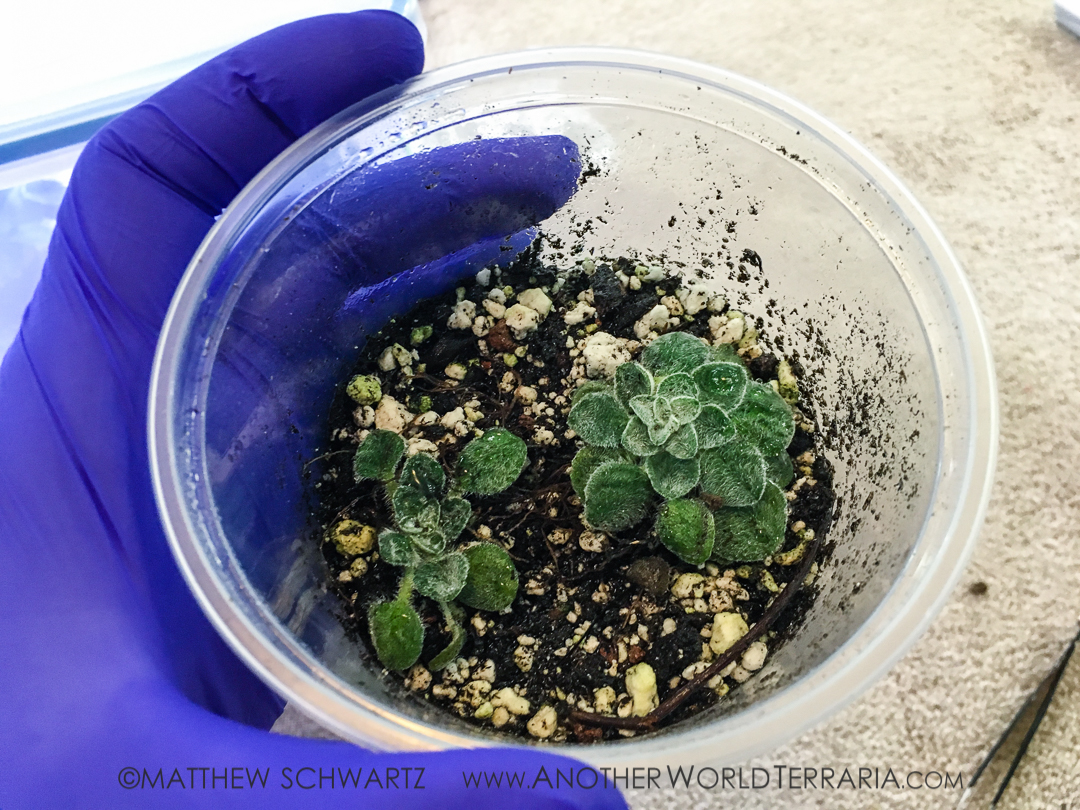
-
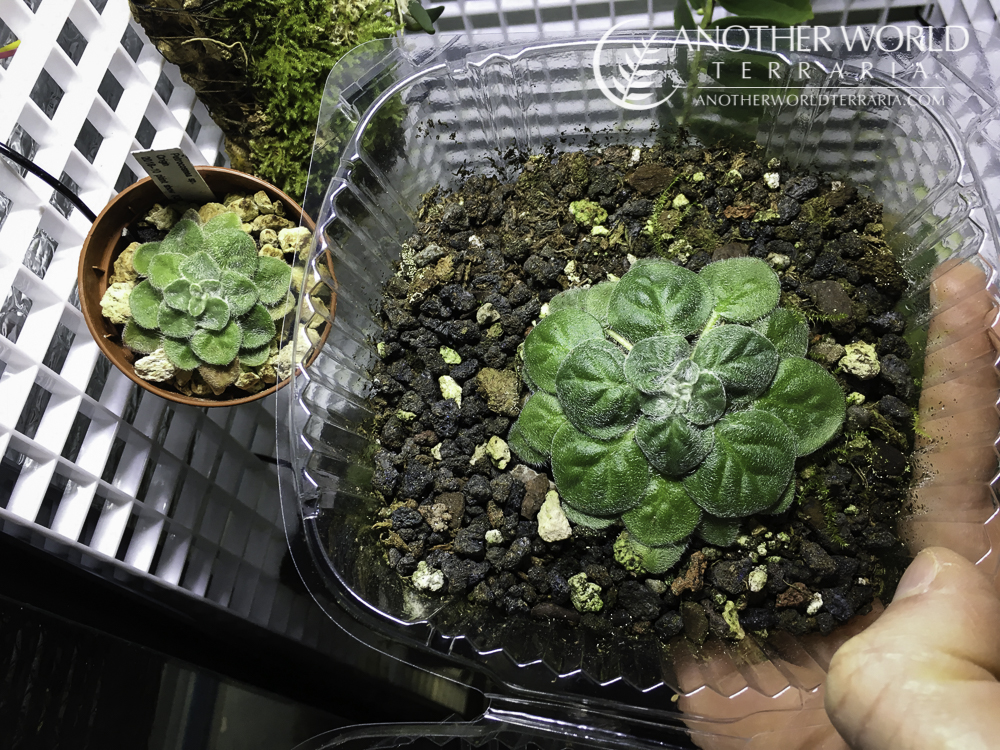
Petrocosmea plant size difference based on substrate volume.
-
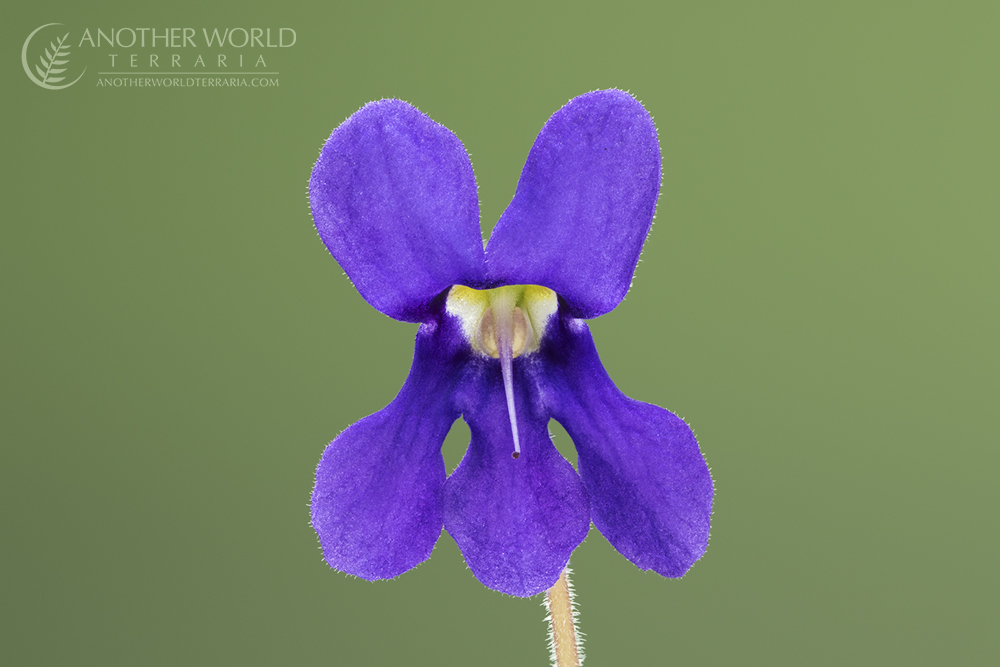
Petrocosmea sp. flower
Unidentified mini-miniature-sized Petrocosmea sp. (possibly P. sinensis, or P. nervosa)
This small gesneriad hails from mountainous regions of Asia/China where it grows in rock crevices, on mossy boulders, and forested areas. Note that the genus name contains “Petro,” which means “relating to rocks.”
I use well-drained substrate that mimics a mountain rock crevice:
- Crushed lava rock
- Perlite
- Small amount of peat moss
- Small amount of fine orchid bark (Pinus radiata)
The substrate should not be too deep or have too much volume, as that could lead to too high a level of moisture for too long. I use either a very tiny mini pot (1.5″), or a wide and flat tray with very shallow substrate (1/2″).
Note that, generally, Petrocosmea will grow to a size in accordance with the amount of substrate available. This is an example of phenotypic plasticity, which means that a plant will change its form or behavior based on the conditions it is exposed to. In nature, these plants often grow in rock crevices. My theory is that the larger the crevice is, and the more substrate and moisture there is, the larger the plant can grow. See image gallery for a photo showing two plants of this Petrocosmea species which are different sizes because of the container and other conditions.
Keep the roots slightly moist, and occasionally a bit drier between waterings.
Avoid letting water stand on the foliage/crown, by watering directly at the roots; I use a wash bottle for this (see which ones I use on Amazon).
Keep the humidity medium to high.
Give the plant medium light levels.
The plant may be propagated by carefully dividing it when new offshoot plants are large enough, and by leaf cuttings.
This species has stunning, bright purple flowers.
Where to Buy
References
- GBIF search for "Petrocosmea"
- Kew Plants of the World search for "Petrocosmea"
- WikiSpecies search for "Petrocosmea"

